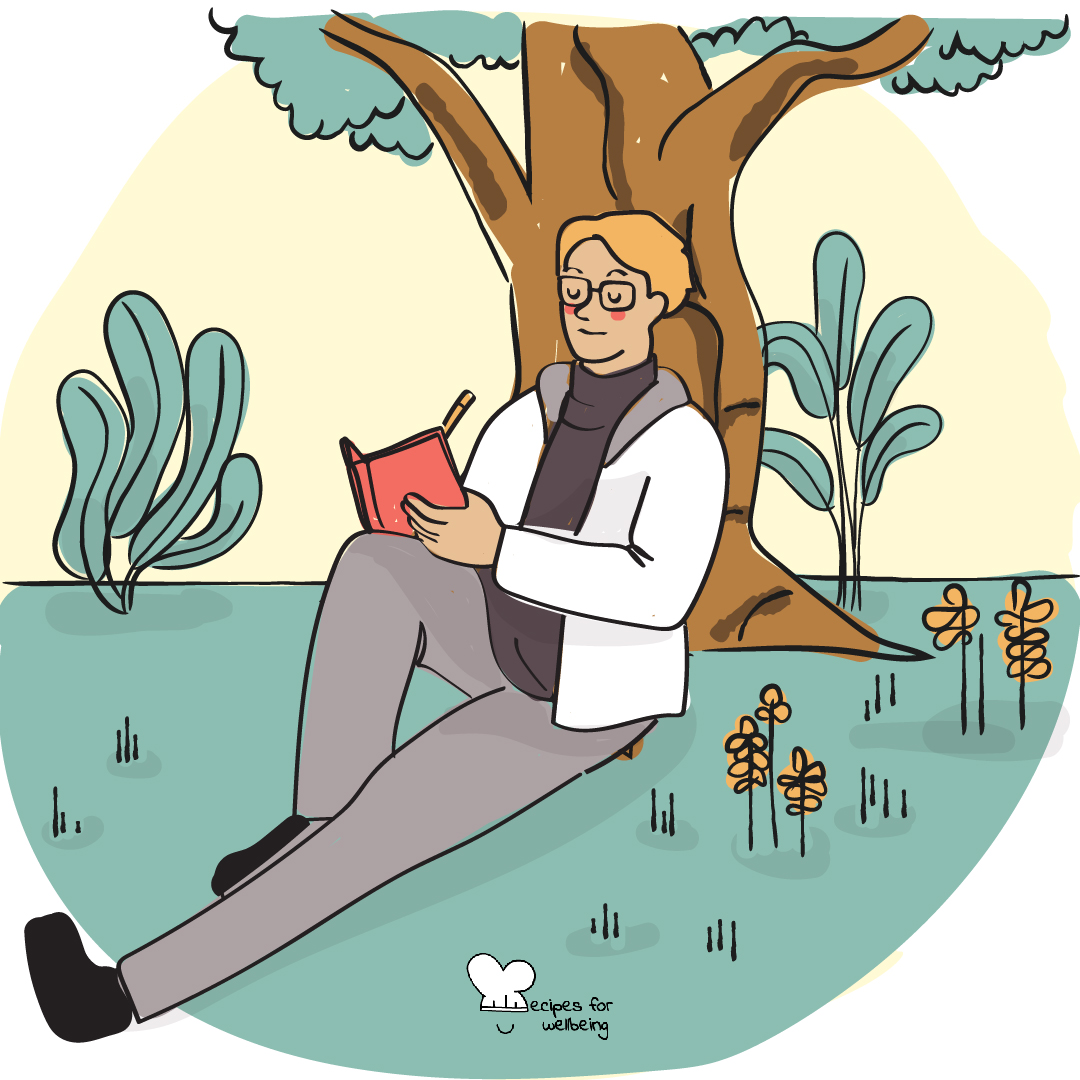
The deathbed test
Life has no meaning a priori… [I]t’s up to us to give it a meaning, and value is nothing but the meaning that you choose. ―Jean Paul Sartre
👥 Serves: 1 person
🎚 Difficulty: Hard
⏳ Total time: 1 hour
🥣 Ingredients: 1 notebook (or sheet of paper), 1 pen, “The Power of Meaning: Finding Fulfillment in a World Obsessed with Happiness” book by Emily Esfahani Smith (if you’re curious to find out more about it!)
💪 Nutritional values: Meaning, Perspective, Dignity, Serenity, Clarity

The deathbed test
📝 Description
A self-inquiry to discover the meaning in life.
If your life will end anyway and you will soon be forgotten, what is the point of anything you do? This question paralyses many changemakers who give up their work hopelessly. But making peace with the impermeability of things and the inevitability of death can be a catalyst to discover the meaning of your life. And when you lead a life with meaning, you face obstacles — even the ultimate obstacle of death — with dignity and serenity. This, in turn, empowers you to continue doing your changemaker work.
The following practice has been created by William Breirbart, whose work on meaning-centred psychotherapy can help anyone live a better life. The exercise has been taken from The Power of Meaning: Finding Fulfillment in a World Obsessed with Happiness by Emily Esfahani Smith. In this book, the author introduces the four pillars of meaning, namely belonging, purpose, storytelling, and transcendence. To find out more about Emily and their work, please visit http://emilyesfahanismith.com or watch their talk at TED2017.
•••
Important: We shared this recipe as part of our blog post “Wellbeing in the time of COVID-19” because it’s a difficult but necessary reflection to make peace with your own mortality. Naturally, take all needed precautions: for instance, if you practice this with other people, make sure to sit at least 1 metre away from each other.
👣 Steps
Step 1 – Imagining (5’)
Imagine that you’re at the end of your life. Perhaps a freak accident or diagnosis of disease has suddenly shortened your life, or maybe you have lived a long and healthy life, and are now in your eighties or nineties.
Step 2 – Reflecting (10’)
Sitting on your deathbed, with only days ahead of you to live, reflecting on the way you have led your life and what you have done and not done, are you satisfied with what you see? Did you live a good and fulfilling life? Is it a life you are glad that you led? If you could live your life over again, what would you do differently?
Step 3 – Writing (45’)
At this point, take some time to write your obituary as a way to deepen your reflection on the questions above. Do not worry about grammar and syntax — focus on the experience of writing this note.

